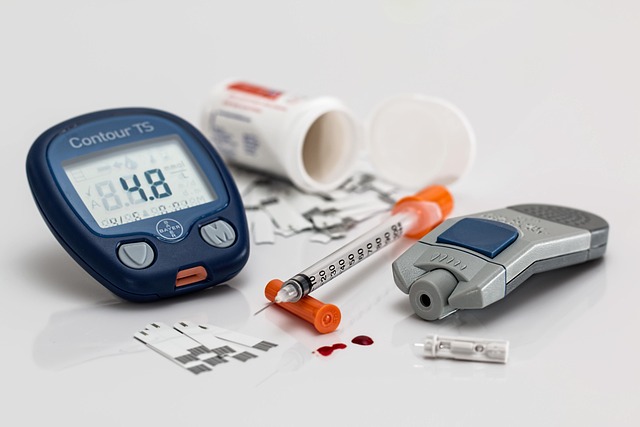A Simple Guide To Understanding How HIV Spreads And Steps To Help Prevent It
HIV, or Human Immunodeficiency Virus, remains a significant global health concern. Understanding how this virus spreads and the steps to prevent its transmission is crucial for everyone. This guide aims to provide clear, factual information about HIV transmission, high-risk behaviors, prevention methods, the importance of testing, and dispelling common myths.

How Is HIV Transmitted?
HIV is primarily transmitted through specific bodily fluids, including blood, semen, pre-seminal fluid, rectal fluids, vaginal fluids, and breast milk. The most common routes of transmission include:
-
Unprotected sexual contact with an HIV-positive person
-
Sharing needles or syringes with someone who has HIV
-
Mother-to-child transmission during pregnancy, childbirth, or breastfeeding
-
Receiving blood transfusions or organ transplants from an HIV-positive donor (extremely rare in countries with robust screening procedures)
It’s important to note that HIV cannot be transmitted through casual contact such as hugging, shaking hands, or sharing food and drinks.
What Are Some High-Risk Behaviors for HIV Transmission?
Recognizing high-risk behaviors is crucial for HIV prevention. Some activities that increase the risk of HIV transmission include:
-
Engaging in unprotected sexual intercourse, particularly anal or vaginal sex
-
Having multiple sexual partners without consistent condom use
-
Sharing needles or syringes for drug use
-
Engaging in sex work without proper protection
-
Having sex under the influence of drugs or alcohol, which may lead to poor decision-making
Being aware of these risk factors can help individuals make informed decisions about their sexual health and overall well-being.
What Role Do Prevention Methods Play in Reducing HIV Transmission?
Prevention methods play a crucial role in reducing HIV transmission. Some effective strategies include:
-
Consistent and correct use of condoms during sexual activity
-
Pre-Exposure Prophylaxis (PrEP) for individuals at high risk of HIV infection
-
Post-Exposure Prophylaxis (PEP) for emergency situations
-
Regular HIV testing and knowing one’s status
-
Treatment as Prevention (TasP) for HIV-positive individuals to achieve an undetectable viral load
-
Needle exchange programs for people who inject drugs
-
Education and awareness programs to promote safe behaviors
These prevention methods, when used consistently and correctly, can significantly reduce the risk of HIV transmission.
Why Is Regular HIV Testing Important?
Regular HIV testing is a critical component of HIV prevention and management. Here’s why it’s so important:
-
Early detection allows for prompt treatment, which can lead to better health outcomes
-
Knowing one’s status helps prevent unintentional transmission to others
-
Regular testing promotes overall sexual health awareness
-
It provides an opportunity for counseling and education about HIV prevention
-
For those who test positive, it enables timely access to care and support services
The Centers for Disease Control and Prevention (CDC) recommends that everyone between the ages of 13 and 64 get tested for HIV at least once as part of routine healthcare. Individuals with higher risk factors should get tested more frequently.
How Can We Avoid Myths and Stigma Surrounding HIV?
Myths and stigma surrounding HIV can be harmful and may prevent people from seeking testing or treatment. To combat this:
-
Educate yourself and others about the facts of HIV transmission and prevention
-
Challenge misconceptions when you encounter them
-
Support HIV-positive individuals and advocate for their rights
-
Promote inclusive language that doesn’t stigmatize people living with HIV
-
Encourage open dialogue about sexual health and HIV prevention
By addressing myths and reducing stigma, society can create a more supportive environment for those affected by HIV and promote better overall public health.
HIV testing is a crucial step in managing one’s health and preventing the spread of the virus. Many healthcare providers, clinics, and community organizations offer HIV testing services. These tests are often confidential, quick, and in many cases, free or low-cost.
HIV prevention and management have come a long way since the virus was first identified. With proper education, regular testing, and consistent use of prevention methods, it’s possible to significantly reduce the spread of HIV. Remember, knowledge is power when it comes to sexual health, and taking proactive steps to protect oneself and others is a responsibility everyone shares.
This article is for informational purposes only and should not be considered medical advice. Please consult a qualified healthcare professional for personalized guidance and treatment.




